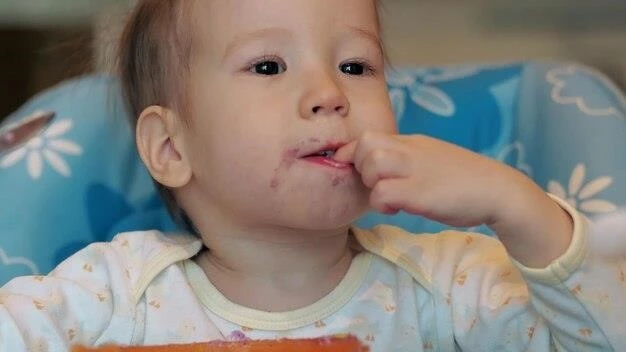While genetic factors play a key role in cleft lip and palate, surgical options are available for repair. Understanding the causes aids in developing effective treatments.
Genetic Factors in Cleft Lip and Palate
Genetic factors play a significant role in the development of cleft lip and palate; Mutations in certain genes or inherited abnormalities can contribute to this condition. Research suggests that a combination of genetic susceptibility and environmental factors during fetal development can lead to cleft lip and palate. Understanding the genetic basis of this condition is crucial for early detection and intervention. Genetic counseling can provide valuable insights for families at risk and help them make informed decisions regarding the management of cleft lip and palate. By studying the genetic factors involved, healthcare professionals can tailor treatment plans to meet the specific needs of each individual affected by this condition.
Surgical Options for Cleft Lip Repair
There are several surgical options available for cleft lip repair, depending on the severity and specific characteristics of the condition. Primary surgical repair of the cleft lip is typically performed when the child is a few months old to restore normal lip function and appearance. The surgical techniques used may involve precise incisions, tissue rearrangement, and suturing to close the gap in the lip. In some cases, secondary surgeries may be necessary to address any remaining aesthetic or functional issues. Reconstructive surgeons work closely with multidisciplinary teams to ensure optimal outcomes for patients undergoing cleft lip repair. Post-operative care and follow-up appointments are essential to monitor healing progress and address any concerns that may arise.
Deafness in Children⁚ Signs and Intervention
Recognizing early signs of deafness in children is crucial for timely intervention. Various strategies, including hearing aids and cochlear implants, can help improve communication and quality of life.
Hearing Loss Prevention Strategies
Hearing loss prevention strategies are crucial to safeguard children’s auditory health. Measures such as limiting exposure to loud noises, using ear protection in noisy environments, staying up to date on vaccinations to prevent infections that can lead to hearing loss, and promoting regular hearing screenings can help reduce the risk of hearing impairment. Educating parents, caregivers, and children about the importance of hearing protection and early detection of hearing issues is essential. Implementing these preventative measures can contribute to maintaining optimal hearing health and overall well-being in children.
Speech Therapy for Children with Cleft Palate
Speech therapy plays a critical role in the comprehensive care of children with cleft palate. Therapists work on improving speech articulation, resonance, and overall communication skills. Techniques such as articulation exercises, palate strengthening exercises, and language development activities are tailored to meet the unique needs of each child. Speech therapy not only helps address speech difficulties associated with cleft palate but also enhances self-confidence and social interactions. Collaborating with speech-language pathologists as part of a multidisciplinary team can support children in achieving optimal speech outcomes and overall well-being.

Understanding Sacral Lipoma⁚ Symptoms and Management
Sacral lipoma manifests with specific symptoms that require proper management. Treatment options may include observation, surgical removal, or other interventions based on the individual’s condition.
Lipoma Removal Procedures
Lipoma removal procedures involve surgical techniques to excise the benign fatty lumps. Depending on the size and location of the lipoma, surgical excision may be performed under local or general anesthesia. The surgeon makes a small incision, carefully removes the lipoma, and sutures the wound closed. In some cases, minimally invasive techniques such as liposuction may be utilized. Post-operative care includes keeping the area clean, monitoring for signs of infection, and following up with the healthcare provider as needed. Complications are rare, and most patients experience a smooth recovery with improved aesthetics and reduced discomfort post-surgery.
Deafness in Children⁚ Signs and Intervention
Early identification of signs of deafness in children is crucial for prompt intervention. Common signs include delayed speech development, lack of response to noise, and difficulty following instructions. Interventions may include hearing aids, cochlear implants, or sign language education to enhance communication skills. Collaborating with audiologists and speech-language pathologists can aid in developing personalized intervention plans tailored to each child’s needs. Regular evaluations and adjustments to intervention strategies are essential to support children with hearing loss in achieving optimal communication abilities and overall well-being.
